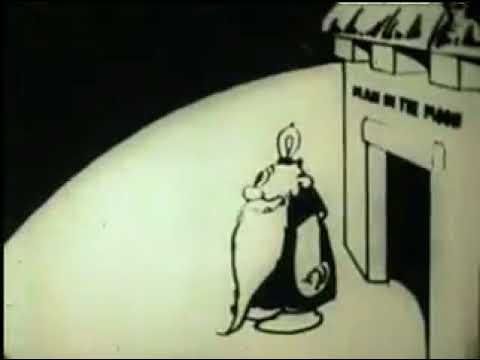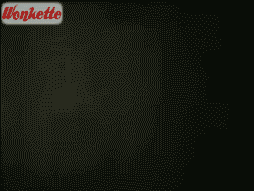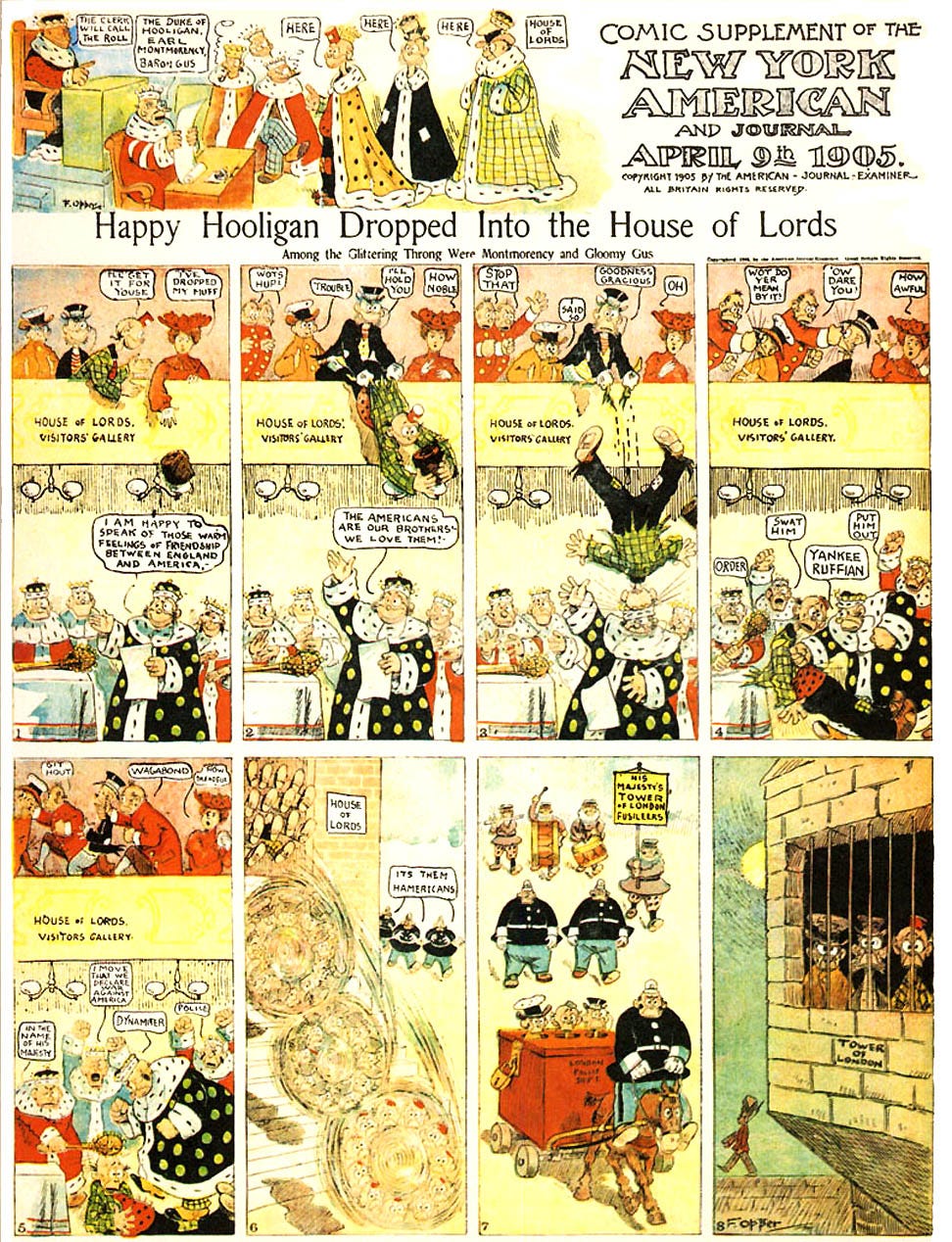A Happy Hooligan Trip to the Moon
Frederic Burr Opper's most-loved newspaper comic creation gets the animation treatment
Today we are watching a 1917 animated short called “A Trip to the Moon.” The film features Happy Hooligan, a character that viewers of the era would have known from newspaper comic strips. There were three different studios responsible for around 50 Happy Hooligan animated films produced from 1916 to 1921, so it is a bit unclear who animated this particular short, although one source suggests it was animated for the International Film Service by Walter Lantz. Lantz would later go on to create the character of Woody Woodpecker and had a long, successful Hollywood career as an animator and creator. As Lantz was working with Hearst newspapers from 1912 on—starting as a copy boy at the tender age of 13 and working in the animation department of International Film Service by 1915—the timeline checks out. He would have been 18 years old by the time “A Trip to the Moon” was released.
Happy Hooligan was an early newspaper comic strip, the creation of Frederick Burr Opper who joined Hearst papers in 1899. Happy debuted March 11th, 1900. The titular character was a good-natured, ever-optimistic hobo who sported a tin can as a hat. His appearance and station in life, along with a healthy dose of bad luck, consigned him to various misfortunes and misadventures that played out in the comic strip. But despite setbacks he remained ever-cheerful and determined to continue his good deeds, however misguided or misconstrued. Happy had two brothers: the dour Goomy Gus (a name that became adopted into popular lexicon as a shorthand for a unhappy individual) and top-hat-wearing Montmorency, who fancied himself an aristocrat despite being in the same social and financial situation of his brothers.
Happy Hooligan appeared sporatically during Opper’s first few years of work for the paper, but as he settled into a routine, he developed Happy as his primary offering. Happy Hooligan became a daily strip with a Sunday full-page feature, well-loved by readers. Such was the strip’s popularity (as evidenced by merchandising of dolls, games books and toys, and by and comic collections offered in book form) that Happy Hooligan became the first cartoon character that made it into American movies, with Edison Manufacturing creating a series of 13 live-action comedy shorts produced from 1900 to 1903 by J. Stewart Blackton, the same chap that produced Princess Nicotine.
Opper continued to produce Happy Hooligan until his eyesight failed him in 1932. As one of the few comic strip writers who did not employ an assistant, the comic ended when Opper was no longer able to continue on. Although little-known today, Happy Hooligan was highly influencial for artists that followed: the unfortunate hobo and wise-cracking nephews became standard character tropes for many successive strips, Charlie Chaplin based aspects of his “Little Tramp” on Happy, and in Jules Feiffer political cartoons Gerald Ford is depicted as Happy, right down to sporting the tin can hat. Additionally, Happy Hooligan is recognized as the first comic to use speech baloons as an integral part of comic dialogue presentation, a convention for which the Glambassy owes a debt of gratitude.
Another Blog, Meanwhile: "Happy Hooligan: A Trip To The Moon" by Joseph Nebus, 8/23/14
Don Markstein's Toonopedia: HAPPY HOOLIGAN
Newspaper Comic Strips: "Happy Hooligan" by boutje777, 11/22/21
Wikipedia: Frederic Burr Opper
National Film Preservation Foundation: "A Smashup in China (1919)" by J.B. Kaufman






A fascinating bit of film, animation and comic strip history. It's a pity Opper and his strip aren't better known.
I had read about Happy Hooligan decades ago but had forgotten he existed. Imagine being made king simply because you crash landed somewhere. To quote the Wizard of Oz "times being what they were, I accepted the job". And then it was all a dream, of course. Thanks Martini, that was fun.